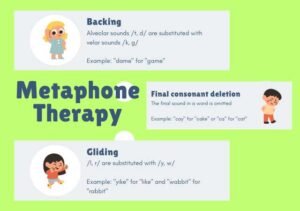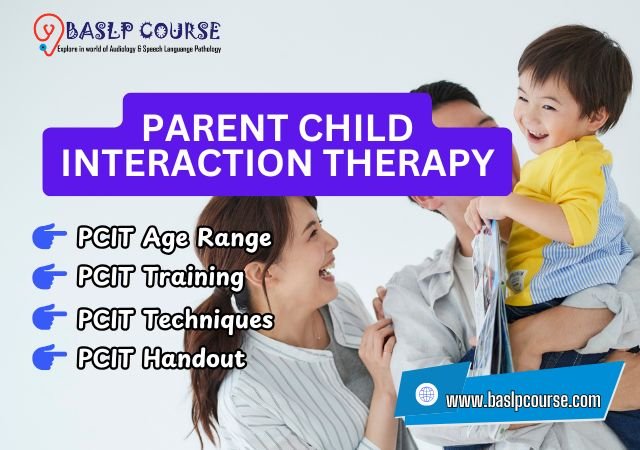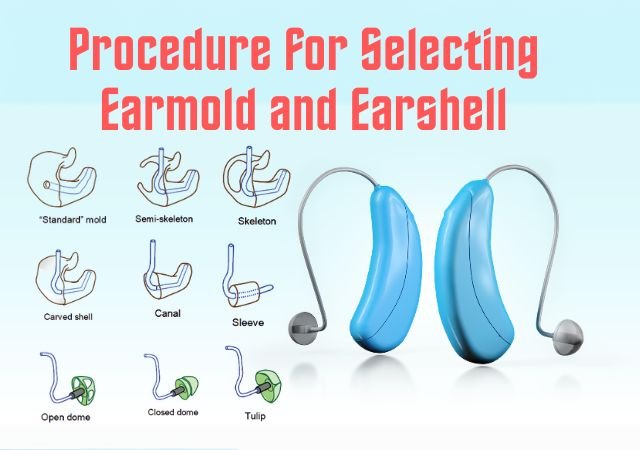
Metaphon Therapy – Approaches and Activity: In the realm of speech therapy, Metaphon Therapy stands as a promising approach that offers a fresh perspective on treating speech disorders. By focusing on Metaphon Therapy – Approaches and Activities, this article aims to delve deep into the intricacies of this innovative therapeutic technique. Whether you are a speech therapist seeking new methods or a curious individual intrigued by the world of speech therapy, this article will provide valuable insights.
Understanding Metaphon Therapy
This article has shed light on the Metaphon Therapy – Approaches and Activities, emphasizing the importance of phonological awareness and offering insights into various therapeutic methods. Whether you’re a parent seeking help for your child or a speech therapist exploring innovative techniques, Metaphon Therapy offers a promising path to improved speech and communication.
What is Metaphon Therapy?
Metaphon Therapy is a specialized speech therapy approach designed to address phonological disorders in children. These disorders often manifest as difficulties in correctly pronouncing sounds and patterns in language. Metaphon Therapy focuses on teaching children to recognize and manipulate these sounds, enabling improved speech clarity.
The Importance of Phonological Awareness
Before delving into the various approaches and activities associated with Metaphon Therapy, it’s crucial to understand the significance of phonological awareness. This foundational skill involves the ability to recognize and manipulate individual sounds, syllables, and phonemes within words, setting the stage for effective language development.
Metaphon Therapy Approaches
Traditional Metaphon Therapy
Traditional Metaphon Therapy employs a systematic approach to target specific phonological processes. Speech therapists use various techniques to help children understand and differentiate sounds, such as minimal pair contrast therapy and maximal opposition therapy.
Metaphon Therapy Approach: Minimal Pairs
Minimal pairs therapy involves presenting words that differ by only one sound (e.g., “cat” and “bat”). By practicing these pairs, children learn to distinguish and produce the correct sounds, improving their speech accuracy.
Maximal Opposition Therapy
In maximal opposition therapy, therapists work on sounds that are maximally different from each other. For instance, addressing the contrast between “k” and “t” sounds in words like “cat” and “cup.”
Metaphon Therapy Activities
Phonological Awareness Games
Engaging and interactive games play a pivotal role in Metaphon Therapy. These activities include rhyming games, sound matching, and tongue twisters, making learning fun and effective.
Sound Production Exercises
Sound production exercises involve articulation drills, where children practice the correct pronunciation of specific sounds. These exercises help improve speech clarity over time.
Story-Based Approaches
Metaphon Therapy can incorporate stories and narratives to contextualize sound production. This approach allows children to connect sounds with real-life scenarios, enhancing their understanding and retention.
Metaphon Therapy Steps with Examples
Metaphon Therapy has shown remarkable success in helping children overcome phonological disorders. With the right approach and engaging activities, therapists can unlock a child’s speech potential and pave the way for clearer communication.
Example: Meet Sarah, a 6-year-old girl with a phonological disorder. Her assessment reveals difficulties in distinguishing and producing certain sounds, particularly the “s” and “th” sounds.
Based on the assessment, the speech therapist collaborates with the child and their parents to set clear and achievable therapy goals. These goals should be specific and tailored to address the identified phonological challenges.
Step 1: Identifies the Specific Phonological Processes
In 1st step, the therapist identifies the specific phonological processes that the child struggles with. These processes may include sound substitutions, sound deletions, or sound distortions.
Step 2: Implementing Targeted Interventions
The therapist employs various techniques to target the identified phonological processes. These interventions may include:
- Minimal Pair Contrast Therapy: This involves practicing words that differ by one sound to help the child distinguish between similar sounds.
- Maximal Opposition Therapy: Focusing on sounds that are maximally different from each other, such as “k” and “t.”
- Articulation Drills: Engaging in exercises to practice the correct pronunciation of specific sounds.
Sarah engages in minimal pair contrast therapy to differentiate words like “sip” and “zip” to improve her “s” and “th” sound production.
Step 3: Monitoring Progress
- Throughout the therapy process, the therapist closely monitors the child’s progress, providing feedback and making adjustments to the treatment plan as needed.
- Over several months of therapy sessions, Sarah shows noticeable improvement in correctly pronouncing “s” and “th” sounds, and her overall speech clarity has significantly improved.
Step 4: Generalization and Carryover
The final step involves helping the child generalize their improved phonological skills to real-life situations and contexts. This step ensures that the progress made in therapy is carried over into everyday communication.
Sarah successfully generalizes her improved “s” and “th” sound production to conversations with family and friends, demonstrating effective carryover.
Metaphon Therapy offers a structured and effective approach to address phonological disorders in children. By following these steps, speech therapists can guide children like Sarah toward improved phonological awareness and speech clarity, ultimately enhancing their communication skills and confidence.
Conclusion
In the world of speech therapy, Metaphon Therapy – Approaches and Activities shine as beacons of hope for children struggling with phonological disorders. By focusing on phonological awareness and employing innovative approaches, speech therapists can guide children toward improved speech clarity and enhanced communication skills.
FAQs about Metaphon Therapy – Approaches and Activity
Is Metaphon Therapy suitable for all age groups?
While Metaphon Therapy primarily targets children, variations of the approach can be adapted for individuals of different age groups.
How long does it typically take to see progress with Metaphon Therapy?
The timeline for progress varies from individual to individual. Consistency and regular therapy sessions play a significant role in achieving positive outcomes.
Are Metaphon Therapy activities enjoyable for children?
Yes, Metaphon Therapy activities are designed to be engaging and fun, making the learning process enjoyable for children.
Can Metaphon Therapy be combined with other speech therapy techniques?
Yes, speech therapists often integrate Metaphon Therapy with other approaches to create a tailored treatment plan for each child.
Where can I access Metaphon Therapy services?
You can find qualified speech therapists offering Metaphon Therapy services in your area or through online platforms.
References:
- SPEECH CORRECTION An Introduction to Speech Pathology and Audiology 9th Edition Charles Van Riper [Book]
- Articulation and Phonological disorder Speech Sound Disorders in Children 8th Edition – John E Bernthal [Book]
- Assessment in Speech Language Pathology A Resource Manual 5th Edition, Kenneth G. Shipley, Julie G. McAfee [Book]
- Manual on Developing Communication Skill in Mentally Retarded Persons T.A. Subba Rao [Book]







0 Comments